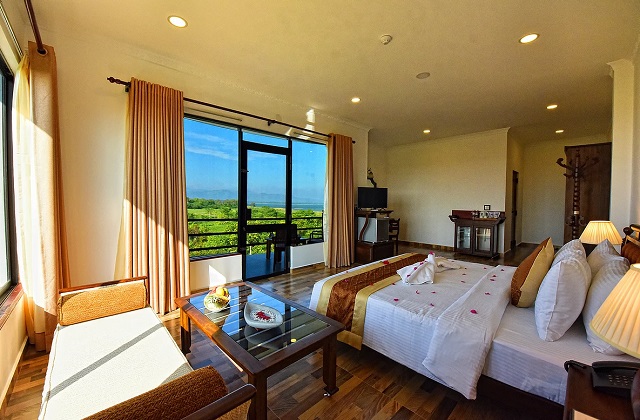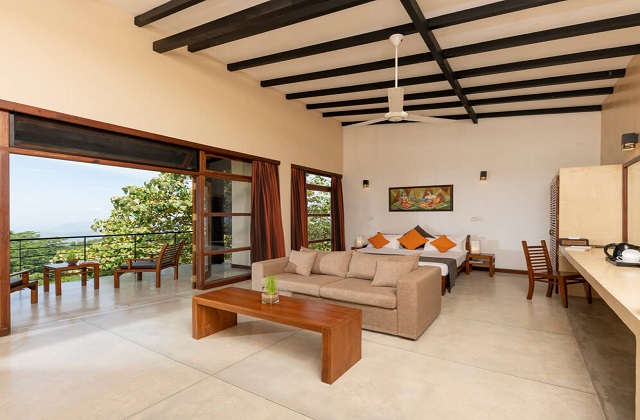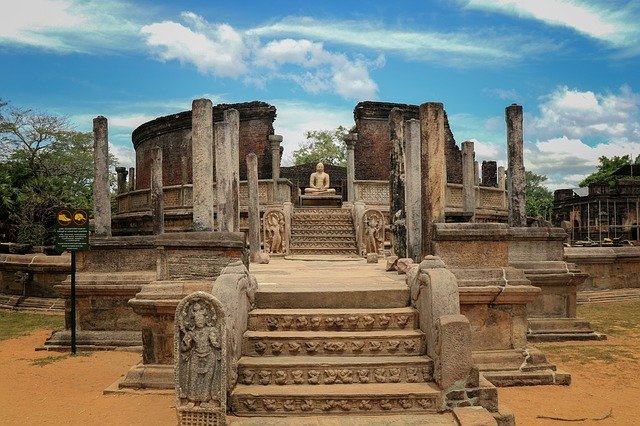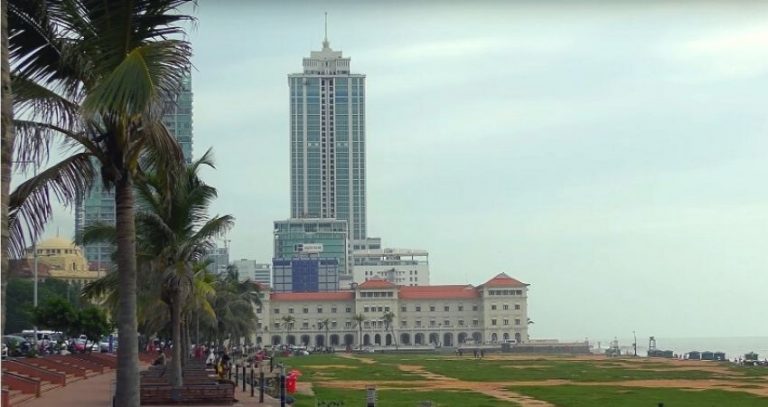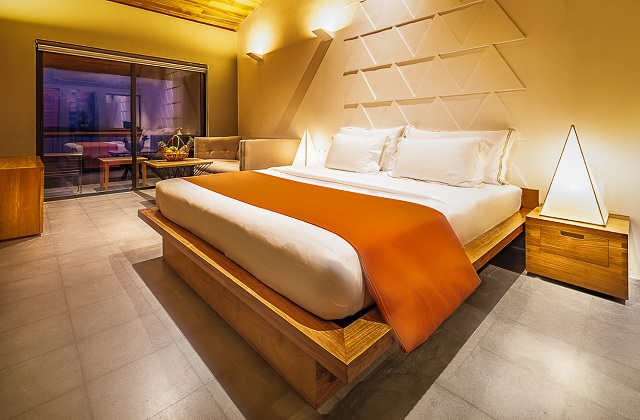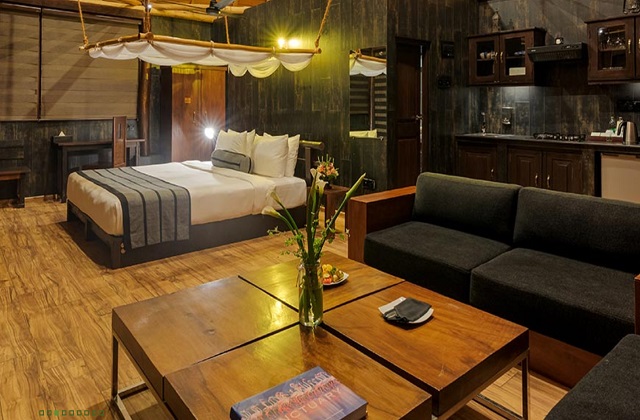Amazing Places to Visit Galle Sri Lanka
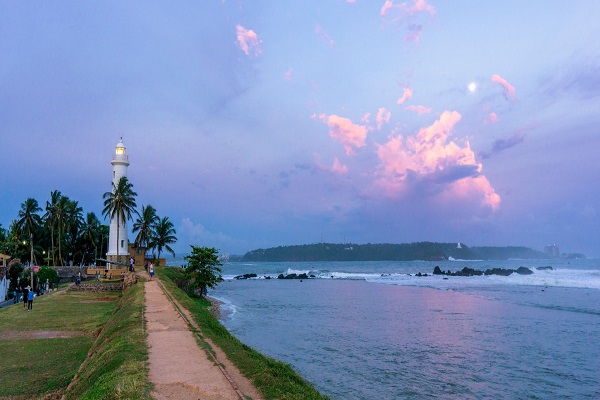
Amazing Places to Visit in Galle
Galle, It is famous for the beach and Old Dutch fort.
Galle Dutch Fort
The Galle Dutch Fort, also known as the Galle Fort or simply Galle Fort, is a historic fortification located in the city of Galle, on the southwestern coast of Sri Lanka. It is a UNESCO World Heritage site and is renowned for its well-preserved colonial architecture and rich history.
The Galle Dutch Fort was originally built by the Portuguese in the late 16th century but was extensively fortified and expanded by the Dutch during their colonial rule in the 17th and 18th centuries. The fort served as a strategic trading post and stronghold for the Dutch East India Company.
The fort is characterized by its impressive ramparts, bastions, and gates, which were constructed with coral and granite stones. The architecture reflects a blend of European, South Asian, and Arabian influences, creating a unique and captivating atmosphere.
Inside the Galle Dutch Fort, visitors can wander through narrow streets lined with charming colonial-era buildings, which now house boutique hotels, restaurants, art galleries, and shops. The fort is also home to several churches, mosques, and temples, representing the diverse religious and cultural heritage of the area.
The fort offers picturesque views of the Indian Ocean, particularly from the elevated vantage points along the ramparts. Walking along the fort walls is a popular activity, allowing visitors to admire the panoramic vistas and the surrounding area.
Within the fort complex, there are several notable attractions to explore, including the Dutch Reformed Church (Groote Kerk), which dates back to the 18th century and features impressive Dutch tombstones. The Historical Mansion Museum (also known as the National Museum of Galle) showcases artifacts and exhibits related to the fort’s history.
The Galle Dutch Fort is not only a historical landmark but also a vibrant living community. It has a lively atmosphere with quaint cafes, boutique shops, and art galleries that add to its charm.
Overall, visiting the Galle Dutch Fort is a journey back in time, offering a glimpse into the colonial past of Sri Lanka and providing a unique cultural and architectural experience.
Unawatuna Beach
Unawatuna Beach is a popular tourist destination located on the southern coast of Sri Lanka. It is known for its stunning natural beauty, golden sandy beaches, and clear turquoise waters. Unawatuna is situated approximately 5 kilometers southeast of the city of Galle.
The beach at Unawatuna offers a picturesque setting, surrounded by palm trees and lush greenery. The calm waters make it an ideal spot for swimming, snorkeling, and diving. There are several coral reefs near the shore, providing opportunities for underwater exploration and observing marine life.
Unawatuna Beach has a vibrant atmosphere with a range of beachfront restaurants, bars, and cafes. Visitors can enjoy a variety of cuisines, from local Sri Lankan dishes to international fare. The beach also offers a lively nightlife scene, with beach parties and music events held regularly.
In addition to its natural beauty and recreational activities, Unawatuna has some cultural attractions worth exploring. The most prominent is the Unawatuna Wreck, a shipwrecked cargo vessel that sank off the coast in 2011. It has since become a popular diving site and an intriguing sight for underwater enthusiasts.
Unawatuna is also located close to other popular attractions in the area. The historic city of Galle, known for its well-preserved colonial architecture, is just a short drive away. The Galle Fort, a UNESCO World Heritage site, is a must-visit destination in the region.
Overall, Unawatuna Beach offers a mix of natural beauty, recreational activities, and cultural experiences, making it a popular choice for travelers visiting Sri Lanka’s southern coast.
National Museum of Galle
The Galle National Museum is located within the Galle Fort, a UNESCO World Heritage site, in the city of Galle, Sri Lanka. The museum is housed in a Dutch colonial building that dates back to the 17th century. It showcases a diverse collection of artifacts and exhibits that highlight the rich cultural heritage of the region.
Inside the museum, visitors can explore a range of displays, including archaeological artifacts, traditional masks, statues, pottery, ancient coins, and colonial-era artifacts. The exhibits provide insights into the history, art, and archaeology of Galle and its surrounding areas.
Some notable items in the museum’s collection include artifacts from the ancient port city of Galle, historical maps, traditional costumes, and religious artifacts. There are also exhibits that focus on the colonial period and the influence of the Dutch, Portuguese, and British in Galle’s history.
The Galle National Museum offers visitors an opportunity to delve into the region’s past and learn about its cultural heritage. It is an excellent place to gain a deeper understanding of Galle’s history and the various civilizations that have shaped the area over the centuries.
Galle Fort Lighthouse
The Galle Lighthouse, also known as the Pointe de Galle Light, is a historic lighthouse located within the Galle Fort in the city of Galle, Sri Lanka. It is one of the iconic landmarks of Galle and serves as a navigational aid for ships entering the Galle Harbor.
The Galle Lighthouse has a long history that dates back to the early 19th century. The original lighthouse was constructed by the British in 1848 using locally available granite stones. However, the structure was severely damaged during a tsunami in 2004. Subsequently, the lighthouse was rebuilt and restored to its current form.
The present-day Galle Lighthouse is a white cylindrical tower that stands at a height of approximately 26 meters (85 feet). It is equipped with a powerful rotating light that helps guide ships safely into the harbor. The light can be seen from a considerable distance, serving as an important maritime beacon.
The lighthouse offers panoramic views of the Galle Fort, the Indian Ocean, and the surrounding area. Visitors can climb to the top of the lighthouse to enjoy the breathtaking vistas and capture memorable photographs.
Adjacent to the Galle Lighthouse, there is a small maritime museum known as the Maritime Archaeology Museum. The museum showcases various artifacts, models, and exhibits related to Sri Lanka’s maritime history and the Galle Harbor.
The Galle Lighthouse is a popular tourist attraction and is often visited by both locals and tourists exploring the Galle Fort. It is an excellent spot to appreciate the historical significance of the area and enjoy the coastal scenery.
Please note that while I strive to provide up-to-date information, it’s always a good idea to check for any possible updates or changes regarding the Galle Lighthouse and its accessibility before planning a visit.
Japanese Peace Pagoda
The Japanese Peace Pagoda, also known as the Japanese Peace Stupa, is a significant Buddhist monument located in various parts of the world, including Sri Lanka. The Peace Pagoda in Sri Lanka is situated in the city of Galle, specifically in the neighborhood of Rumassala.
The Peace Pagoda in Galle was built by the Japanese Buddhist organization Nipponzan Myohoji as a symbol of peace and harmony. It was constructed to commemorate and promote non-violence and reconciliation in a country that had experienced a long period of civil war.
The pagoda is an architectural masterpiece, characterized by its traditional Japanese design and serene surroundings. It is typically painted white and adorned with intricate carvings, symbols, and Buddhist scriptures. The structure is built on a hill, providing panoramic views of the surrounding area, including the ocean and Galle Fort.
The Japanese Peace Pagoda serves as a place of worship and meditation for Buddhists and also attracts visitors from different backgrounds who seek peace and tranquility. It is open to the public, allowing visitors to explore the grounds, learn about Buddhism, and enjoy the serene atmosphere.
One of the key principles behind the Peace Pagoda is to promote understanding and harmony among different cultures and religions. The pagoda often hosts interfaith events, cultural festivals, and peace-related activities, fostering a sense of unity and tolerance.
Visiting the Japanese Peace Pagoda in Galle can be a spiritually enriching experience, providing an opportunity for reflection and contemplation in a peaceful and beautiful setting. It is also a reminder of the importance of peace and compassion in our world today.
Old Gate at Galle Fort
The Old Gate at Galle Fort is one of the main entrances to the historic fortification located in the city of Galle, Sri Lanka. It is a prominent architectural feature that serves as a gateway into the fortified area.
The Old Gate is located on the landward side of the Galle Fort and faces the city. It was originally built by the Portuguese when they first constructed the fort in the late 16th century. However, the gate underwent significant modifications and renovations during the Dutch colonial period in the 17th and 18th centuries.
The Old Gate is characterized by its sturdy structure and imposing appearance. It features a large arched entrance flanked by thick walls and bastions. The architecture reflects a blend of European and Asian influences, showcasing the fort’s colonial heritage.
Above the gate, there is an inscription in Dutch that reads “ANNO MDCLXXV” (meaning “In the Year 1675”), indicating the year of the Dutch renovation. The gate also displays the coat of arms of the Dutch East India Company, further highlighting its historical significance.
Passing through the Old Gate takes visitors into the narrow streets and charming alleys of the Galle Fort, where they can explore the well-preserved colonial-era buildings, shops, cafes, and other attractions. The gate serves as a symbolic entry point to the fort’s rich history and cultural heritage.
The Old Gate at Galle Fort is not only an architectural landmark but also an important piece of the fort’s defensive system. It is a reminder of the fort’s strategic significance and its role in protecting the city and its inhabitants during colonial times.
Visitors to Galle Fort often start their exploration from the Old Gate, as it provides a captivating introduction to the fort’s historical ambiance and sets the tone for the rest of their journey within the fortification.
Jungle Beach
Jungle Beach, also known as Rumassala Beach, is a beautiful secluded beach located near Galle in Sri Lanka. It is situated in the neighborhood of Rumassala, just a short distance from the Galle Fort.
Jungle Beach is known for its pristine natural beauty, tranquil atmosphere, and lush surroundings. The beach is nestled within a small bay, surrounded by dense jungle vegetation, hence its name. The combination of golden sand, turquoise waters, and the verdant greenery creates a picturesque setting that attracts visitors seeking relaxation and tranquility.
One of the unique features of Jungle Beach is the coral reef located just offshore. It offers excellent snorkeling and diving opportunities, allowing visitors to explore the vibrant underwater world and observe various marine species.
The beach itself is relatively small and less crowded compared to some of the more popular beaches in the area, making it a perfect escape for those who prefer a quieter beach experience. The calm waters also make it suitable for swimming and other water activities.
Jungle Beach is accessible via a short hike or a tuk-tuk ride from the main road. The path leading to the beach passes through the Rumassala Forest Reserve, providing a chance to enjoy the natural beauty and encounter some wildlife along the way.
While visiting Jungle Beach, it’s worth exploring the nearby Rumassala Hill, which is believed to be associated with the epic Ramayana story from Hindu mythology. Rumassala Hill offers panoramic views of the coastline and the city of Galle, making it a popular spot for sunset views.
Dutch Reformed Church
The Galle Dutch Reformed Church, also known as Groote Kerk (Great Church), is a historic church located within the Galle Fort in the city of Galle, Sri Lanka. It is one of the oldest Protestant churches in the country and holds significant historical and architectural importance.
The church was originally built by the Dutch in 1755 during their colonial rule in Sri Lanka. It was constructed in the Dutch Colonial architectural style, characterized by its solid structure and simple yet elegant design.
The Galle Dutch Reformed Church is easily recognizable by its distinctive white facade and tall, imposing columns. The interior of the church features high ceilings, wooden pews, and several large windows that allow natural light to fill the space. The church also has a prominent pipe organ, which is considered one of the oldest functioning pipe organs in Sri Lanka.
The churchyard surrounding the Galle Dutch Reformed Church is dotted with ancient Dutch tombstones, some of which date back to the 17th century. These tombstones provide insights into the lives of the Dutch settlers and their descendants who were buried there.
While the Galle Dutch Reformed Church holds regular worship services, it is also open to visitors who wish to explore its historical and cultural significance. The church offers a serene and peaceful atmosphere for reflection and contemplation.
Visiting the Galle Dutch Reformed Church is not only an opportunity to appreciate its architectural beauty but also to learn about the colonial history and influence of the Dutch in Galle. It serves as a reminder of the multicultural heritage of the city and its role in shaping Sri Lanka’s religious landscape.
Historical Mansion Museum
Galle Maritime Museum
Maritime Archaeology Museum, which is located within the Galle Fort. This museum focuses on Sri Lanka’s maritime heritage, showcasing artifacts, exhibits, and information related to the country’s seafaring history, underwater archaeology, and marine ecosystems.
The Maritime Archaeology Museum provides visitors with an opportunity to learn about ancient shipwrecks, trade routes, navigation techniques, and the cultural significance of the sea in Sri Lanka. The exhibits often feature archaeological findings, recovered artifacts, models of historical ships, and interactive displays.
Additionally, the Galle Fort itself has a rich maritime history, being an important port and trading hub during the colonial era. Exploring the fort’s streets, bastions, and ramparts provides glimpses into its strategic importance and connection to maritime activities.
Galle Harbour
Galle Harbour, also known as Galle Port, is a natural harbor located on the southwestern coast of Sri Lanka, in the city of Galle. It has a long history as a significant trading and maritime hub in the region.
The harbor of Galle has played a crucial role in Sri Lanka’s maritime trade for centuries. Its strategic location on the Indian Ocean made it an important port for ships traveling along the ancient maritime routes connecting Asia, Africa, and Europe.
Galle Harbour was especially prominent during the colonial era when the Portuguese, Dutch, and British had control over the coastal regions of Sri Lanka. These colonial powers used the harbor to facilitate trade, establish their naval presence, and maintain control over the region.
Today, Galle Harbour continues to be an active port, although its significance has diminished compared to larger ports like Colombo. It serves as a docking point for local fishing boats, small-scale commercial vessels, and occasional cruise ships.
The harbor area is often bustling with activity, as fishermen unload their catches, boats come and go, and goods are transported. The atmosphere provides a glimpse into the maritime livelihoods and traditions that have been a part of Galle’s history.
Visitors to Galle can take a stroll along the harbor and observe the daily operations, witness traditional fishing techniques, and perhaps even sample fresh seafood from the local vendors. The harbor area also offers picturesque views of the sea and the iconic Galle Fort.

